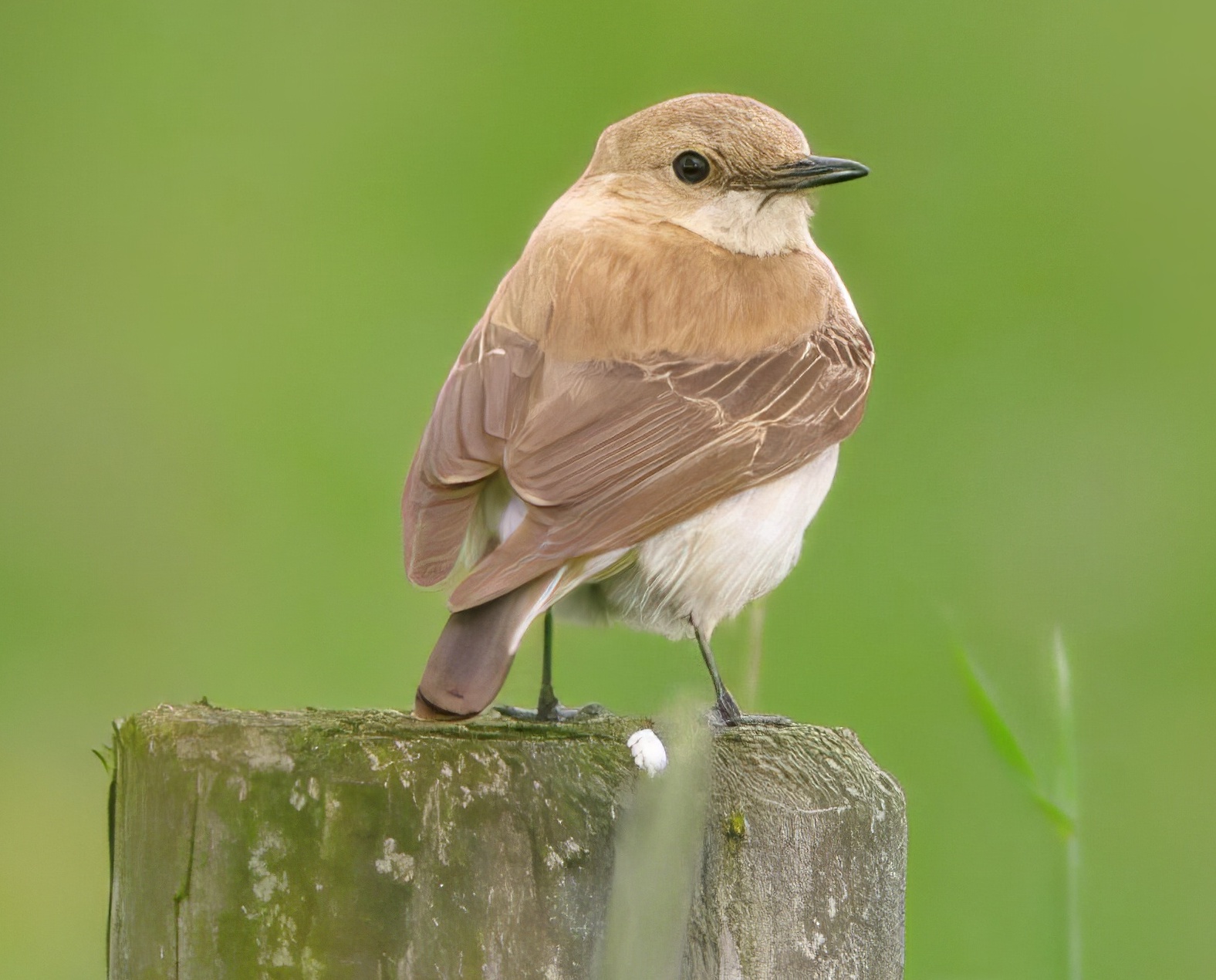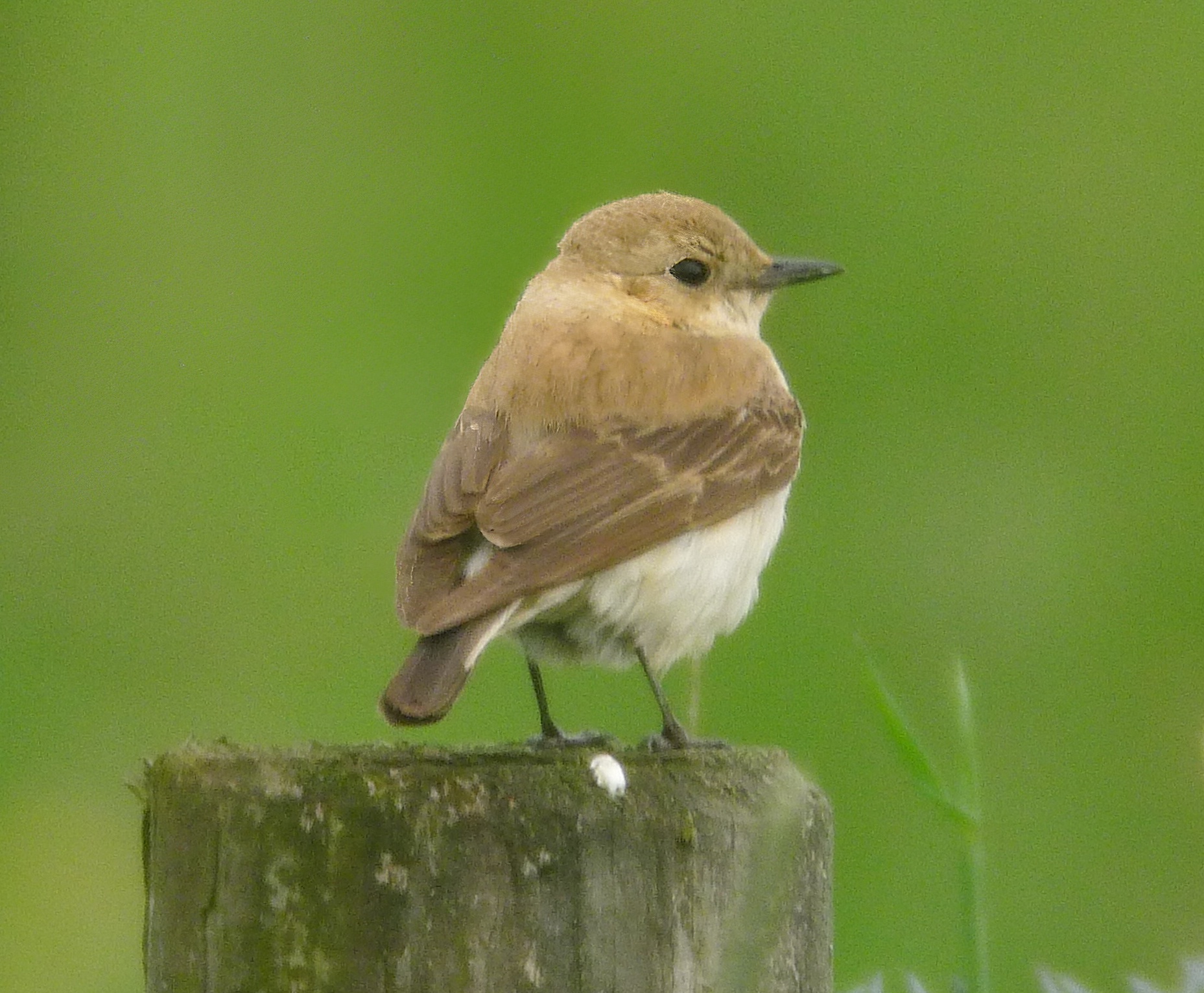Western Black-eared Wheatear Oenanthe hispanica


A 2CY female was seen very briefly at Frampton Marsh on June 12th, 2012 and identified from photographs later as the western form of Black-eared Wheatear, O.o. hispanica. However the Black-eared Wheatear group was recently split into Western Black-eared Wheatear O. hispanica and Eastern Black-eared Wheatear, O. melanoleuca, and adopted by the BOURC in their 51st report (BOURC 2020). This decision has come too soon for a review of previous British records to have been conducted to see how many of each of these two species have occurred, but the total of ‘Black-eared Wheatears’ before the split stood at 49, 1950-2019, with 11 prior to 1949. There have been just three British records since the Frampton bird, in 2015, 2016 and 2018, considered to have been melanoleuca, indeterminate and hispanica, respectively, illustrating the difficulty of identifying the two taxa when confronted by a bird which is not an adult male.
Originates from the Mediterranean basin. Nominate hispanica breeds NW Africa and Iberia, east to France & northern Italy, melanoleuca breeds southern Italy to Greece, & southwest Asia from Turkey to southernvCaucasus, south to Israel and southwest Iran. Winters northern tropical Africa from Senegal and northern Nigeria to Ethiopia and Eritrea.
| Site | First date | Last date | Count | Notes |
| Frampton Marsh | 12/06/2012 | - | 1 | 2CY female |

